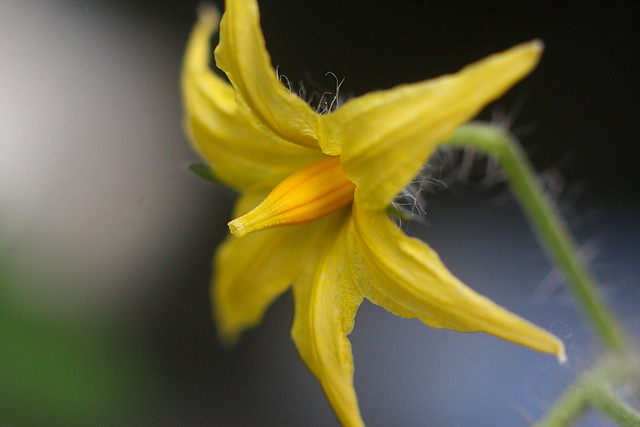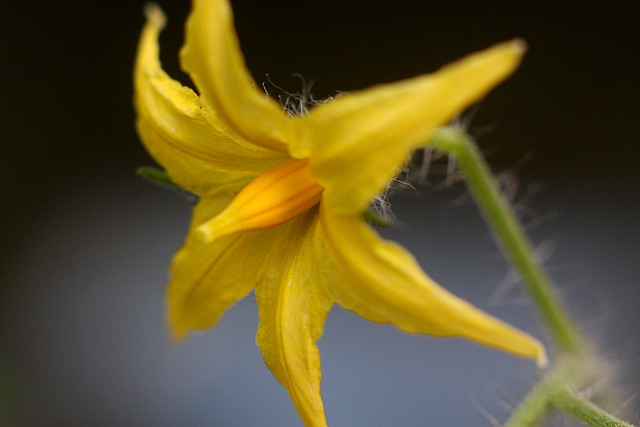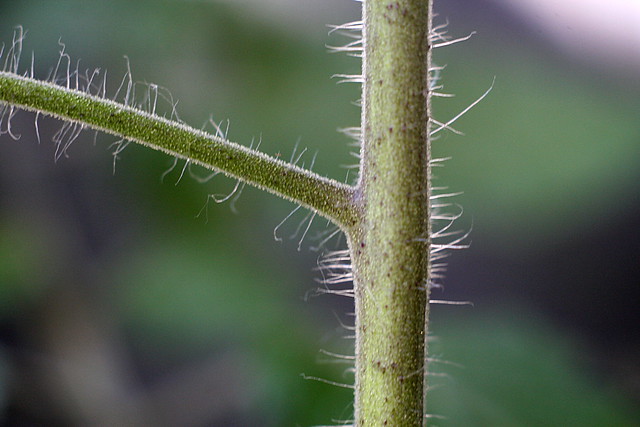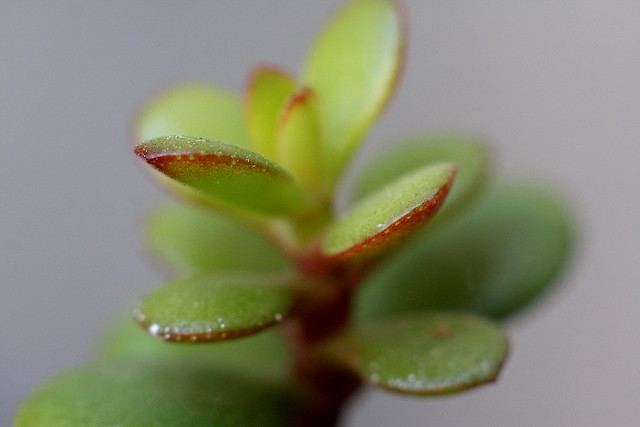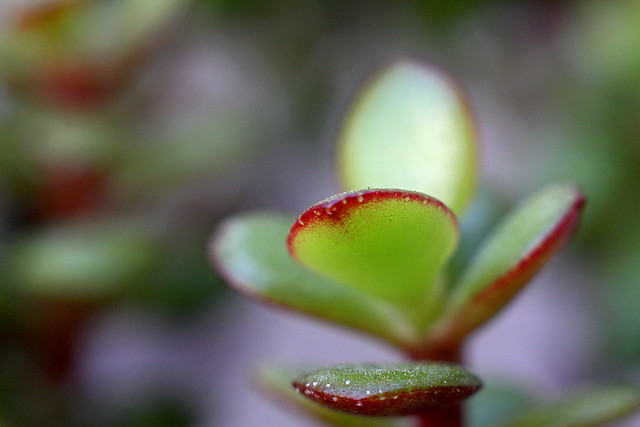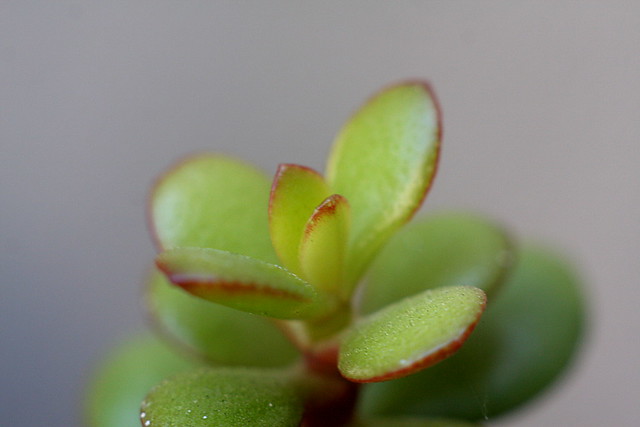You might have noticed by now that I have a lot of weird "ongoing projects" here at this humble blog. There's bridges, city parks, public art, the painted intersections that have been popping up around Portland in recent years, and probably a few others I don't remember off the top of my head. The common thread is that I've got a list of something to work from, the obscurer the better, and I go out and take photos of an item on the list and then try to find something interesting to write about it. The subject of today's post comes from one of the weirder "ongoing projects"; some years ago I was searching for info on the nameless city park at SW 14th & Hall, and bumped into a list in the city archives of various obscure places that the Parks Bureau had had some involvement with in the 1970-1995 timeframe or thereabouts. I'm not entirely sure what being on the list signified, and the original document is actually offline now, so it's tough to go back and check again. Fortunately(?) I included the whole list in my SW 5th & Caruthers post a while back, and I have a blog tag for the lot of them, and the really important thing here is that I have a list, and most items on the list are exceedingly obscure. Most aren't on the city parks website, and several technically belong to other city departments, like the place we're visiting this time around.
This installment takes us up into the West Hills, to the Healy Heights neighborhood around Council Crest. At the intersection of SW Council Crest Drive & Carl Place is a small landscaped triangle. It may not look like much, but it was on the list, so here I am writing about it. PortlandMaps says it's owned by the city Transportation Bureau; apparently Multnomah County owned it until 2006, when the city asked them to hand over the keys for some reason. That county document calls the triangle a "traffic divider". I prefer to think I'm not writing about mere traffic dividers, though, because if I am writing about mere traffic dividers, there's just no end to that sort of thing, and I'll blaze boring new trails in internet tediousness.
I checked the library's Oregonian database on the off chance that something fascinating had happened here at some point. No luck this time around, although I did notice that "Carl Place" is the third name applied to this street. I know of at least one Gentle Reader out there who's interested in street names and whatnot, so I figured this was worth noting. The street was previously known as Villard Place until June 1941, when the city council changed the name. Before that, in February 1920, the name was changed to Villard Place from Chilion Circle, which was the original name as far as I know. A mention in Laura Foster's Portland Hill Walks explains that the current street names honor relatives of Joseph Healy, the developer behind Healy Heights. That's kind of standard practice for subdivisions. I almost had a street named after me when an uncle turned his farm into a subdivision, but he decided to go with boring nature-themed street names instead, if I remember right.
If you look in the background of the first photo, you can see the big local landmark around these parts, the ginormous tripod-shaped KGON broadcast tower, sometimes nicknamed the "Stonehenge Tower" for some reason. (A Portland radio history page insists it's named after the investment group that owns it, which if true would be a lame explanation.) It's more or less Portland's answer to San Francisco's Sutro Tower. The tower site sits behind a gate at the end of Carl Place, and another at the end of Council Crest Drive a bit further south. It's off limits to the public, but someone with NorthEast Radio Watch toured the site back in 2007 and posted a bunch of photos. The tower's officially named for KGON, a local classic rock station that used to make weird TV commercials back before radio was lame and corporate; despite the name, the tower is shared by a number of other TV and radio broadcasters. Prior to the current tower, Healy Heights site was home to a forest of transmission towers owned by individual stations, including an abandoned one for Portland's short-lived Channel 27, which went bankrupt part way through tower construction. So part of the idea behind the current tower was to consolidate transmitters on a single, more robust structure.
The broadcast industry and local residents have sometimes been uneasy neighbors. The Oregonian database records ongoing local concerns about towers possibly collapsing onto residents' homes, which is apparently something that happened to at least one tower elsewhere in town during the Columbus Day Storm. A more exotic problem concerned radio-frequency interference from transmitters located here. Neighbors reportedly dubbed the area the "electronic jungle" due to the interference. A 1986 article explained that local residents couldn't videotape TV shows or have working garage door openers due to emissions from the tower farm. Voltmeters would show readings without even being plugged in, just due to electrical fields in the air. There were even reports of residents' toasters "singing" due to the transmitters, though the paper was unable to confirm that story. The article suggests the "close proximity of homes to such a dense collection of transmitters may be unmatched anywhere in the United States".
Before it became a tower farm, the land at the end of Carl Place was home to a very different sort of structure, equally huge in its own way. During the 1920s, the Richfield oil company (now the 'R' in "ARCO") had a penchant for bold advertising. Their basic idea was to advertise their gas stations with signs saying "RICHFIELD", visible from a great distance by land and by air, on the off chance that a barnstorming aerialst might taxi by for a fill up. These Richfield Beacons were often on the roofs of buildings, and sometimes they had their own towers to hold the letters vertically. Portland's sign was a bit different, with the word RICHFIELD sitting along the Healy Heights ridge line, similar to the Hollywood Sign. The Hollywood Sign has 45' letters, and is about 350' long. Portland's Richfield sign was actually quite a bit larger than that, with 60' letters, and a length of 725'. Moreover, the sign was painted orange for daytime viewers, and lit with neon at night. It was supposedly the largest electric sign on the planet when it was built, readable 10 miles away and visible from 50 miles away. The sign went live in September 1928, and went dark in 1931 thanks to the Depression and the bankruptcy of the free-spending Richfield company. The lights came back on in 1933 but went off again in either the late 1930s or at the start of World War II, depending on who you ask. After that it pretty much vanished without a trace, which I find astonishing considering how big it was. It's hard to even find photos of it; I've seen exactly one so far, in a post about vintage neon signs at Vintage and Classic Car Blog. The photo was taken at one of the old OHSU buildings and shows the sign in the distance, so it's not a great photo but it at least proves the thing really existed at one time. The final demise of the sign and the birth of the Healy Heights subdivision happened around the same time, and I imagine the former made the latter possible. 60' high neon signs are great for selling avgas to distant Cessnas, but probably not so great for selling high-end view homes.
